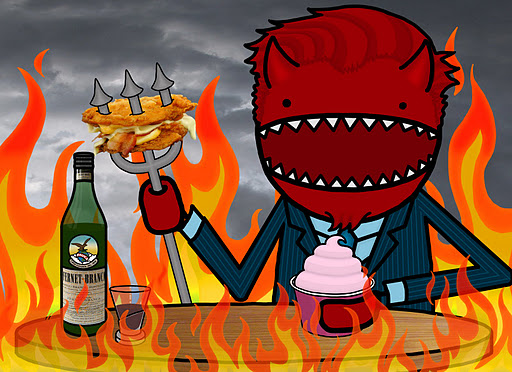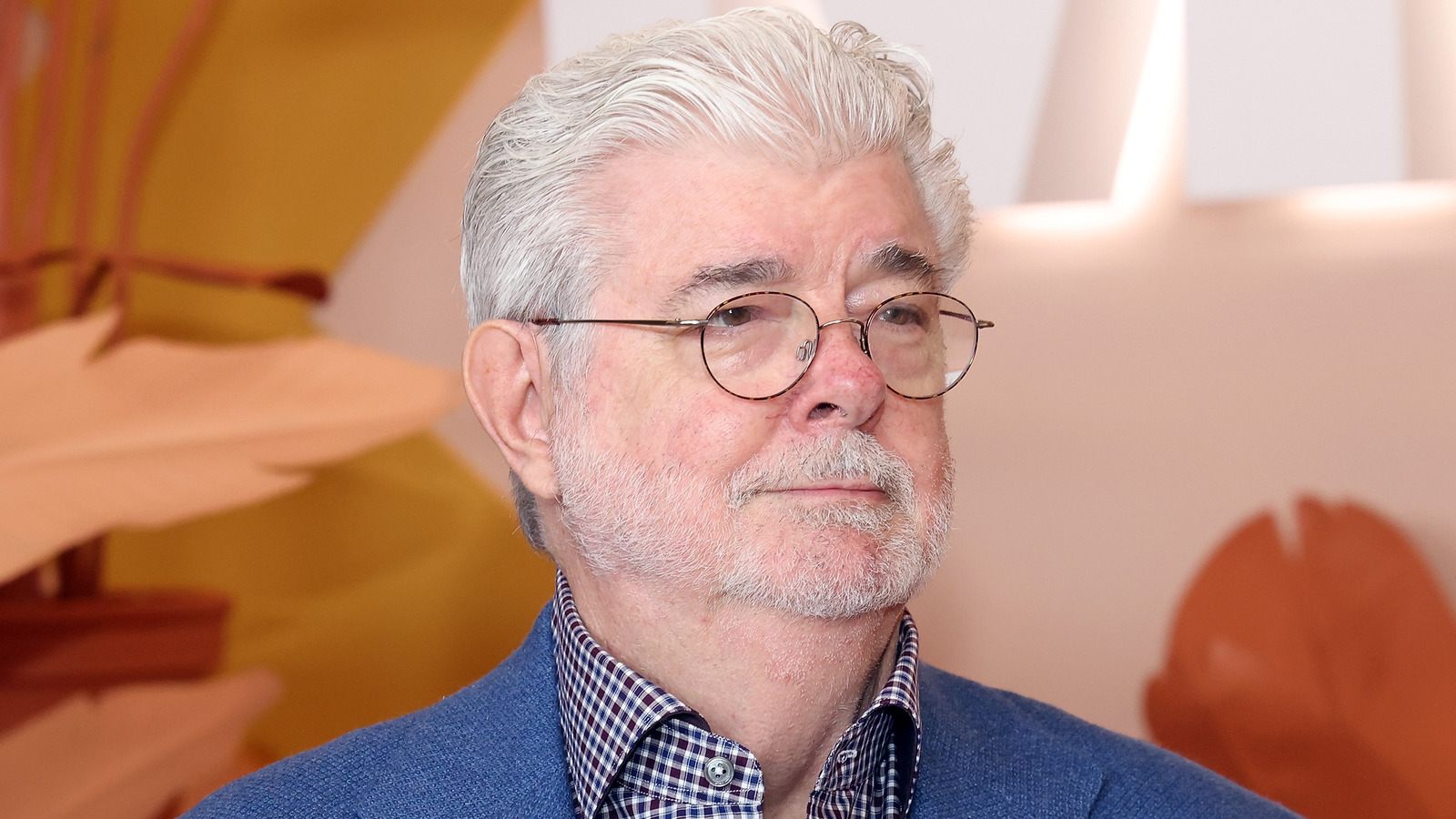A lot of Bostonians woke up New Year’s Day to learn that Rocca Kitchen & Bar, an upscale, modern Italian restaurant in Boston's South End, had closed. (I got wind of it on New Years' Eve from parties connected with the restaurant, confirmed it the next morning, and broke the news at 8am on Chowhound.) Many expressed shock: wasn’t Rocca doing well? Hadn’t chef Tiffani Faison (brought aboard in March 2010) reinvigorated the menu, garnered enthusiastic re-reviews in the Boston Globe and Boston Magazine, attracted plenty of press (in part with her celebrity from Bravo's Top Chef)? What the heck happened?
It’s said that success has many fathers while failure is an orphan. I expect many conflicting stories to trickle out in the coming weeks, laying blame for Rocca’s closing variously on troubled management, the recession, the fickleness of customers, bad weather, crossed stars. As someone who lives nearby, roots for local businesses to succeed, and gave Rocca many chances over its three years and eight months of life, I have my own particular theory. Let’s consider the evidence:
- Food. I considered Faison’s food an improvement over her predecessor, and particularly admired her deft, creative hand with seafood: I will fondly remember a dish of squid-ink strozzapreti with shrimp and grilled-escarole pesto. But opening chef Tom Fosnot was no slouch either, and some of his dishes, like corzetti with rabbit ragù, were also extraordinary. I found it refreshing to see a few nods to the cuisine of Liguria (like a hand-rolled trofie with hand-mortared pesto), a region of Italy that gets short shrift in the US, especially hereabout. On the whole, I really liked the food.
- Location. Rocca had a great spot in a corner of the South End that had become gentrified with neighboring luxury condos and helped by the success of nearby restaurants and pubs like Gaslight Brasserie du Coin, Myers + Chang, Oishii Boston, and J.J. Foley’s Cafe. Locals no longer considered that stretch of Harrison Avenue dangerous to walk around at night, and visitors could take advantage of free parking, a rare amenity in the South End.
- Ambience. I considered the upstairs dining room and bar a bit cramped and more than a little tacky, with shifting-colors LED lighting that was about ten years too late for hipness. But the first-floor bar and lounge was beautiful, airy and inviting, and the spacious patio, secluded comfortably away from street noise and car exhaust, was my favorite in the South End.
- Wines and spirits. I found the wine list pretty useful, with good range in Italian wines and enough price breadth to meet both my weeknight bargain-sipping and weekend splurging needs. Bartending was never extraordinary but generally adequate, not distracting enough to be a minus.
- Service. Okay, some major blood spatter here. Rocca’s service ranged from very good to adequate to thoroughly incompetent. There were nights when we experienced flawless attention, others where we felt not especially well-treated but not ill-used, and at least two occasions when I thought, “This is the worst service I have gotten anywhere in a long time.” There appeared to be a persistent expediting problem, an inability to get food quickly from the basement kitchen to tables. During one particularly maddening stretch in the Fosnot era, I was so consistently served lukewarm to cold food that I stopped ordering anything that needed to be hot to be enjoyable. The biggest problem was that you never knew which Rocca service experience was going to show up. It could be great and awful on successive nights.
- Management. I can’t speak directly to management competence at Rocca except as reflected in my service experiences, but one Chowhound poster made an observation that hadn’t struck me but I recognized as true: co-owners Michela Larson and Gary Sullivan weren’t a strong, visible presence at the restaurant. I didn’t often catch them working the room after the first few weeks, didn’t see their hands-on presence in the front of the house. That stands in marked contrast to many successful restaurants in the neighborhood.
There is doubtless more to the story than what customers can see; I can only share a customer's impressions. Great first experiences: loved the food, brought many friends there, spent a bunch of pleasant summer evenings on the patio. An ensuing pattern of frustration, as mediocre and poor experiences alternated with strong ones, leading me to drop Rocca from my rotation of reliable neighborhood standbys. A second chance granted under the new chef: another great first impression, with relief that it seemed to be on the upswing. Then another series of wildly inconsistent dinners, with service quality varying from good to so-so to my worst single fine-dining service experience of 2010 -- which I described as "so bad it was almost comical, until the $170 check arrived." Similar woes reported by friends I’d dragged back to the “new Rocca” but were no longer thanking me for it. We all have less dining-out money to spend and fewer free nights to spend it: why roll the dice when there are a dozen places within a few blocks that are less risky?
More than anything else, that inconsistency is what did Rocca in for me. In my experience as a customer and industry employee, it’s the one pitfall that is the most difficult for a restaurant to avoid. Inconsistency is the key reason so many places like Rocca that appear to have all the factors necessary for success – great location, attractive physical plant, veteran management team, loads of talent in the kitchen, strong concept – still fail. I really liked it, yet I couldn’t depend on it, and so found it difficult to recommend to others. The lesson in my mind is that it’s better to earn a B-minus seven days a week than an A on some nights and a D on others. Above all, consistency is what keeps restaurants in business.



